Flooring is a major spend in any home or business and protecting it from wear and tear is important to maintain its look and usage. Whether you own a shiny wooden floor, a beautiful ceramic tile or a robust laminate flooring, felt floor protection is a great way to prevent scratches, scuffs and other damages that furniture may cause. In this guide, we will define what felt floor protection is, what advantages it brings and how it can be used to preserve your floors for many years.
What Is Felt Floor Protection and Why Should It Be Applied?
Felt floor protection is the products such as adhesive felt pads, rolls and shapes that are used to create a cushion between the furniture and the floor. These products prevent large or frequently moved furniture from scratching and denting the wood.
In addition to the protection of your flooring, the felt protection also acts as a sound insulator for moving furniture, and increases the life of your surfaces. This is particularly useful in residential and commercial applications where traffic and furniture movement can wear down the flooring.
Different Categories of Felt Floor Protection Products
Felt floor protection comes in many forms and is used to fit different purposes. Here’s a breakdown of the most common types:
Adhesive Felt Pads:
These are pre-cut felt pieces with an adhesive backing to attach to chair legs, table feet, and other furniture.
Suitable for lightweight furniture and fast and easy application.
Felt Rolls:
Available in the form of long strips, the felt rolls can be cut into any shape or size to fit special furniture bases.
Ideal for big or awkwardly shaped items.
Clear Silicone Floor Protectors with Felt:
These floor protectors are designed to fit firmly over the top of furniture legs to prevent them from moving.
Suitable for use with heavy furniture that needs a strong and long lasting solution.
Pre-Cut Felt Shapes:
These pads are offered in different shapes including circles, squares, and rectangles to match the common furniture bases.
Easy and quick application for small jobs.
How to Choose and Use Felt Floor Protection Correctly.
To get the best out of your felt floor protection products, follow these best practices:
Choose the Right Product for the Job
Determine your flooring material and the weight of your furniture. Adhesive pads are suitable for light furniture, while screw on pads are suitable for heavy furniture.
Clean Before Application:
Make sure that the furniture legs are clean and dry before applying the felt pads. This is to avoid dirt or grease which can weaken the adhesive.
Check for Compatibility:
Use felt that goes with your floor. For instance, a high density wool blend felt is suitable for use in both residential and commercial applications.
Replace When Worn:
Felt pads may also degrade or lose their resilience over time. It is recommended to check on them and change them if they are no longer effective in protecting your floors.
Environmental Responsibility and Innovation in Felt Products
Emerging today is the production of green felt products from post consumer fibers. These sustainable options not only guard your floors but also contribute to the conservation of the environment. Furthermore, some advanced felt pads feature a dual layer construction for increased resilience and provide a better protection for high traffic areas.
For the person who wants the most convenience, look for felt pads that have strong self-adhesive properties, and dense wool blend felt that will not wear down and keep their shape. These innovations guarantee that your floors are protected without having to be checked regularly.
Some Tips on How to Make Your Floors Last Longer.
Felt floor protection is a small purchase that will make a big difference to anyone, from a homeowner, to an office manager or an interior designer. Choosing the right product, using it correctly and being aware of when it needs replacing will help avoid damage, clattering and reducing the life of your flooring.
Whether you choose adhesive pads, custom cut rolls or environmentally friendly innovations, felt floor protection is a practical answer that provides both utility and comfort. Start today and keep your floors looking as new as they were for many years!

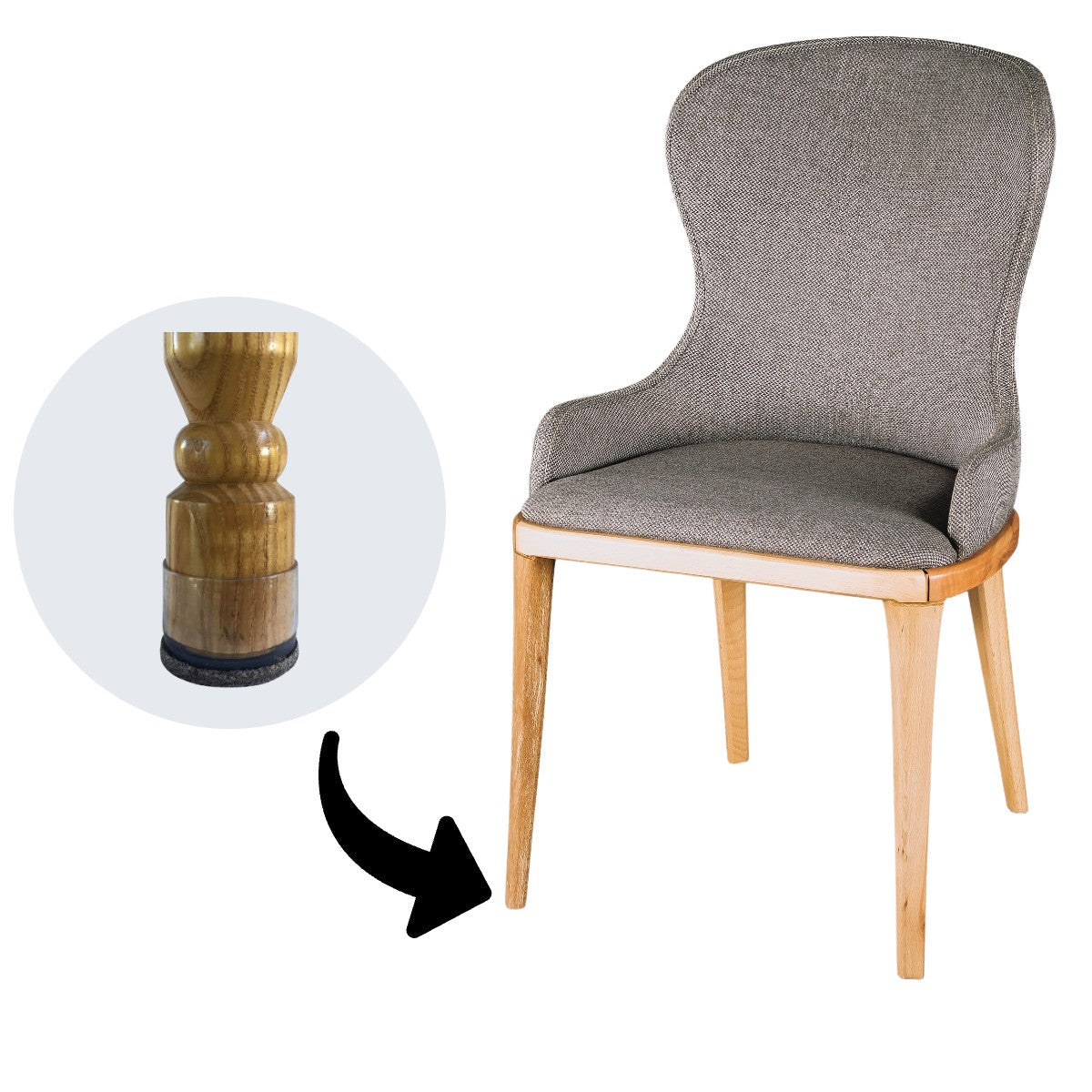
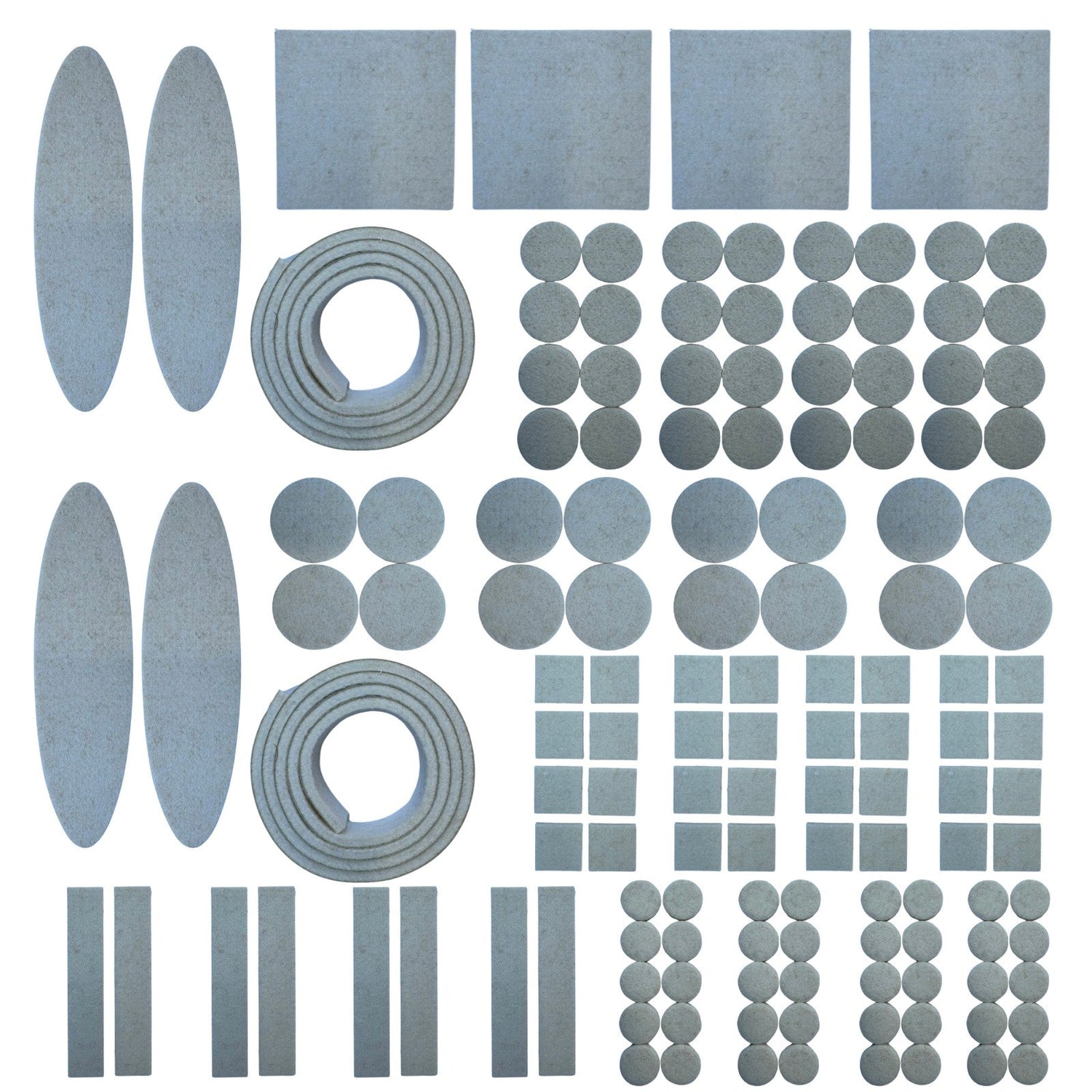

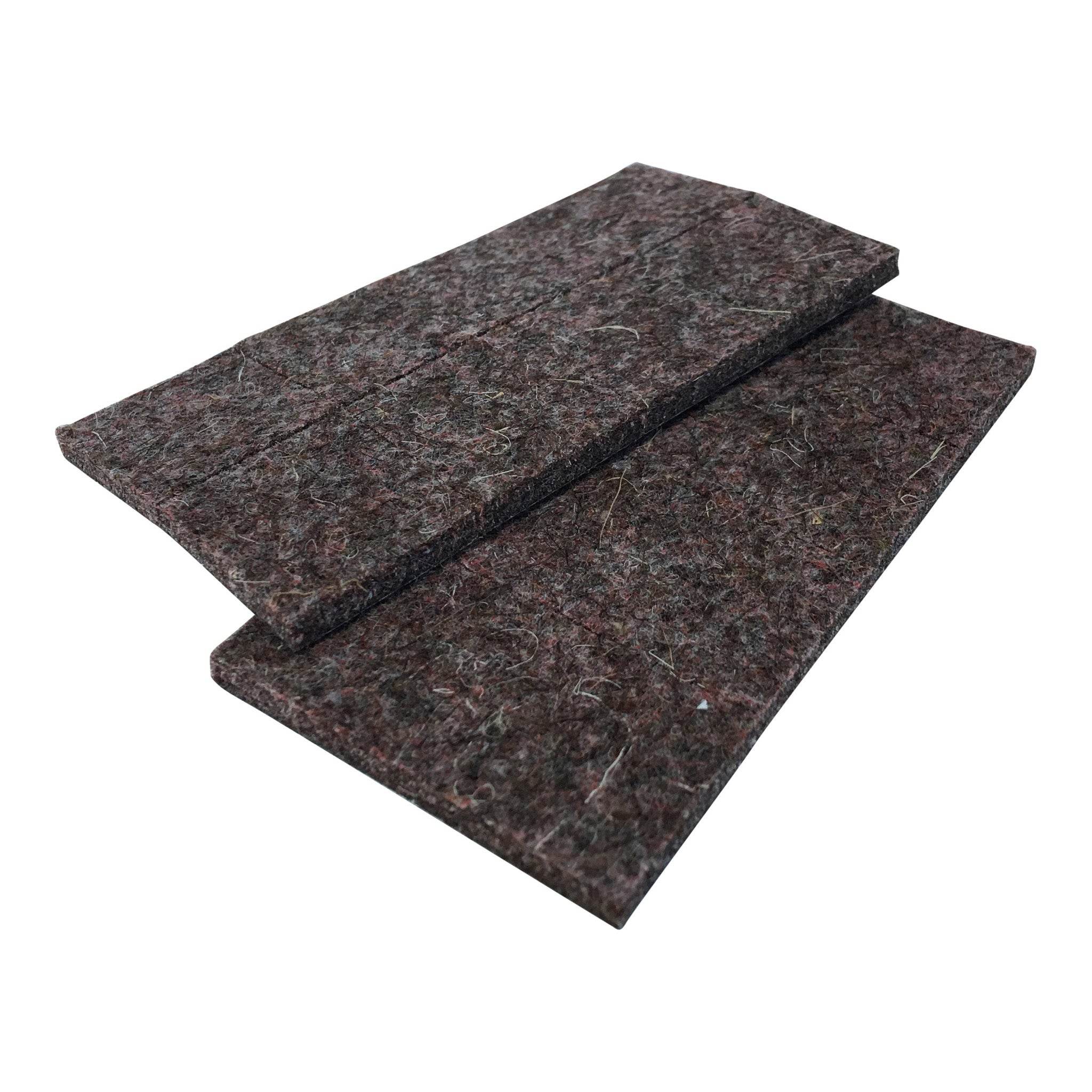
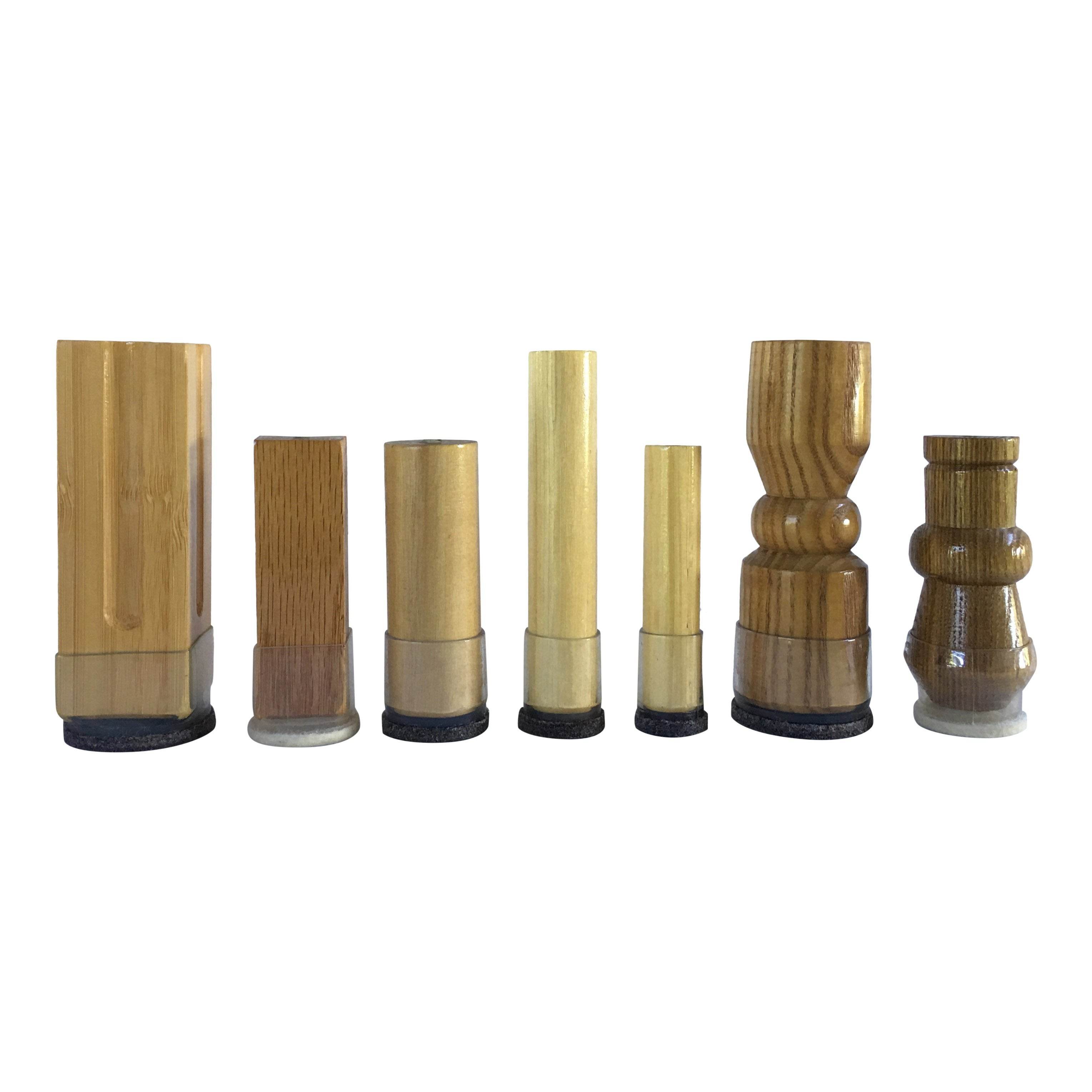
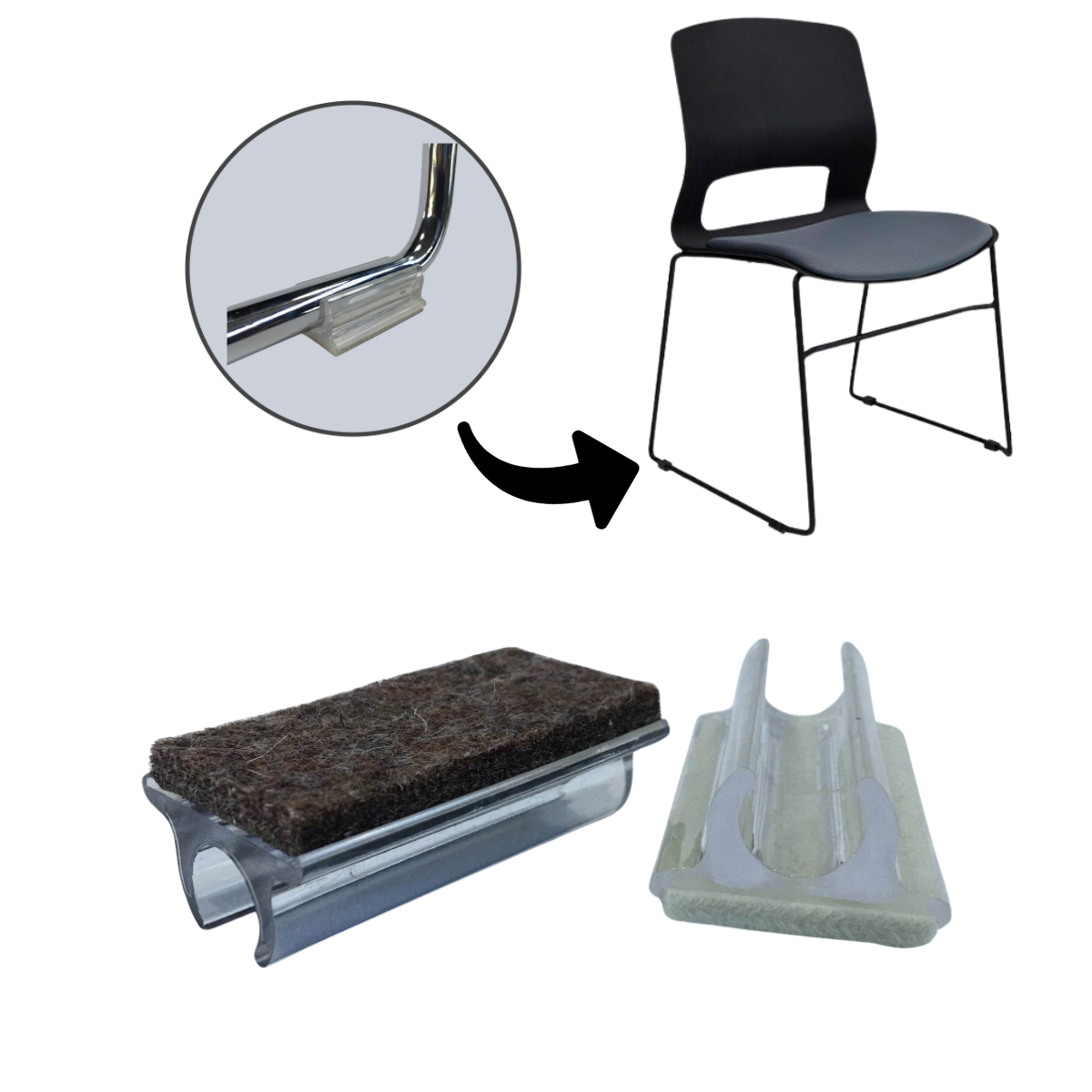
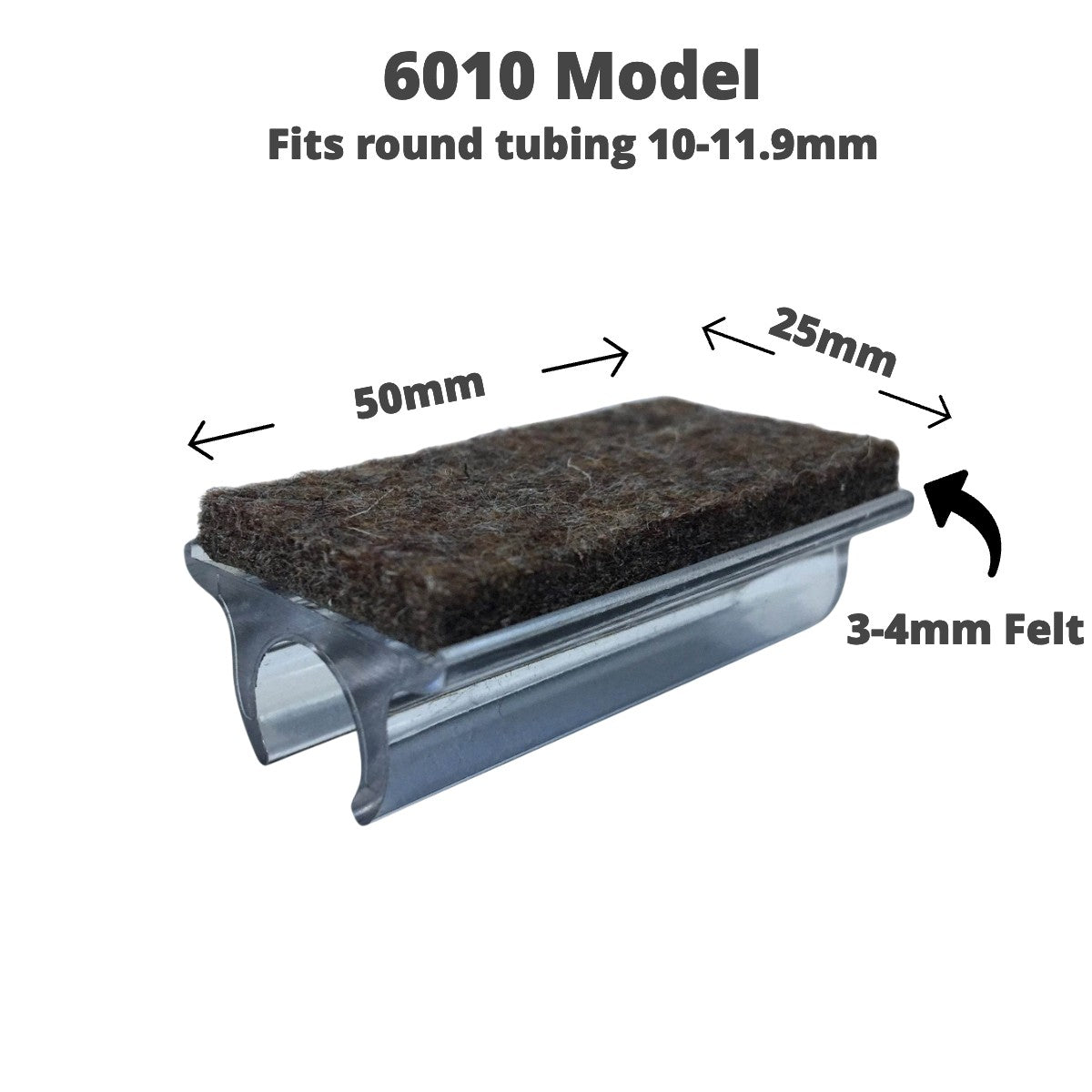
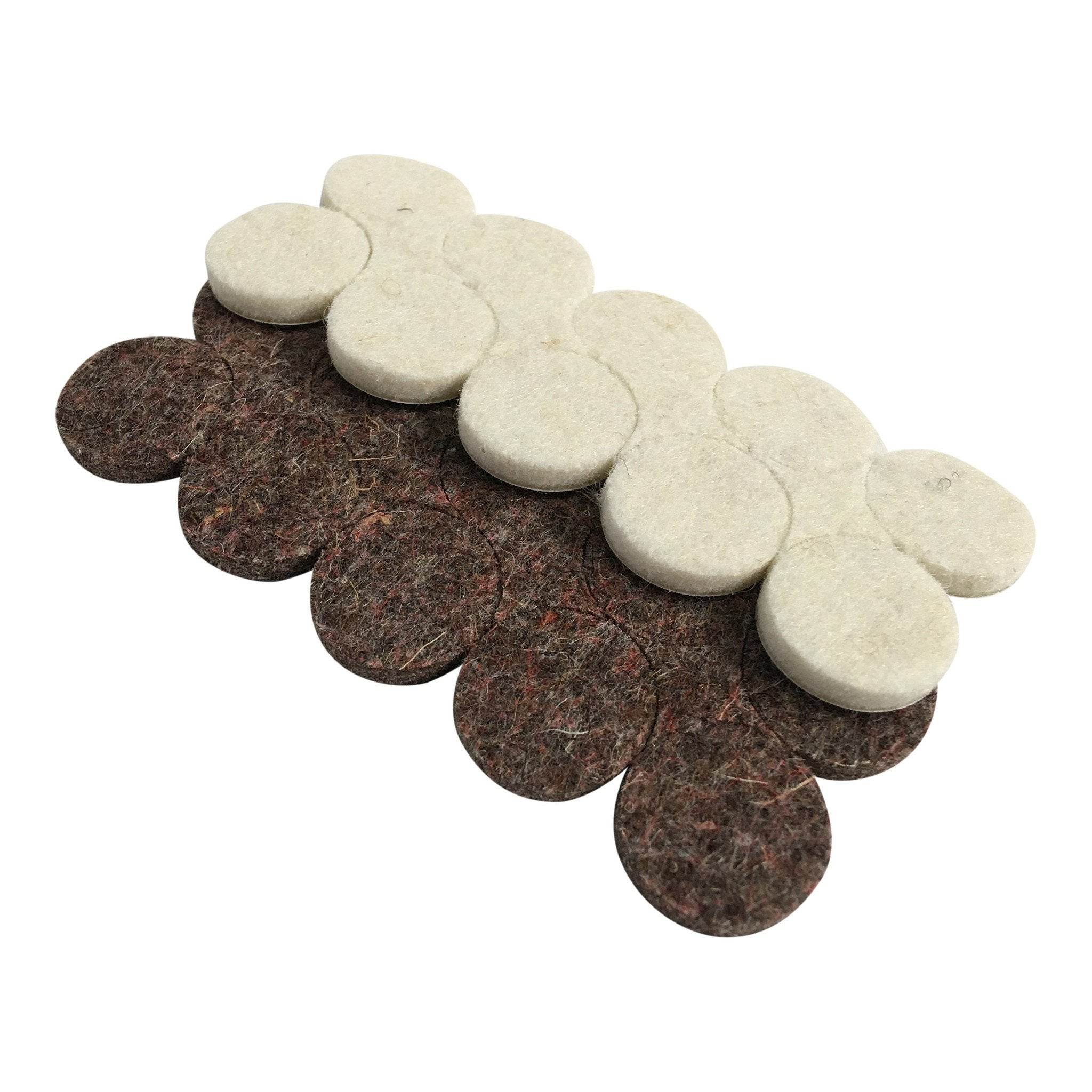
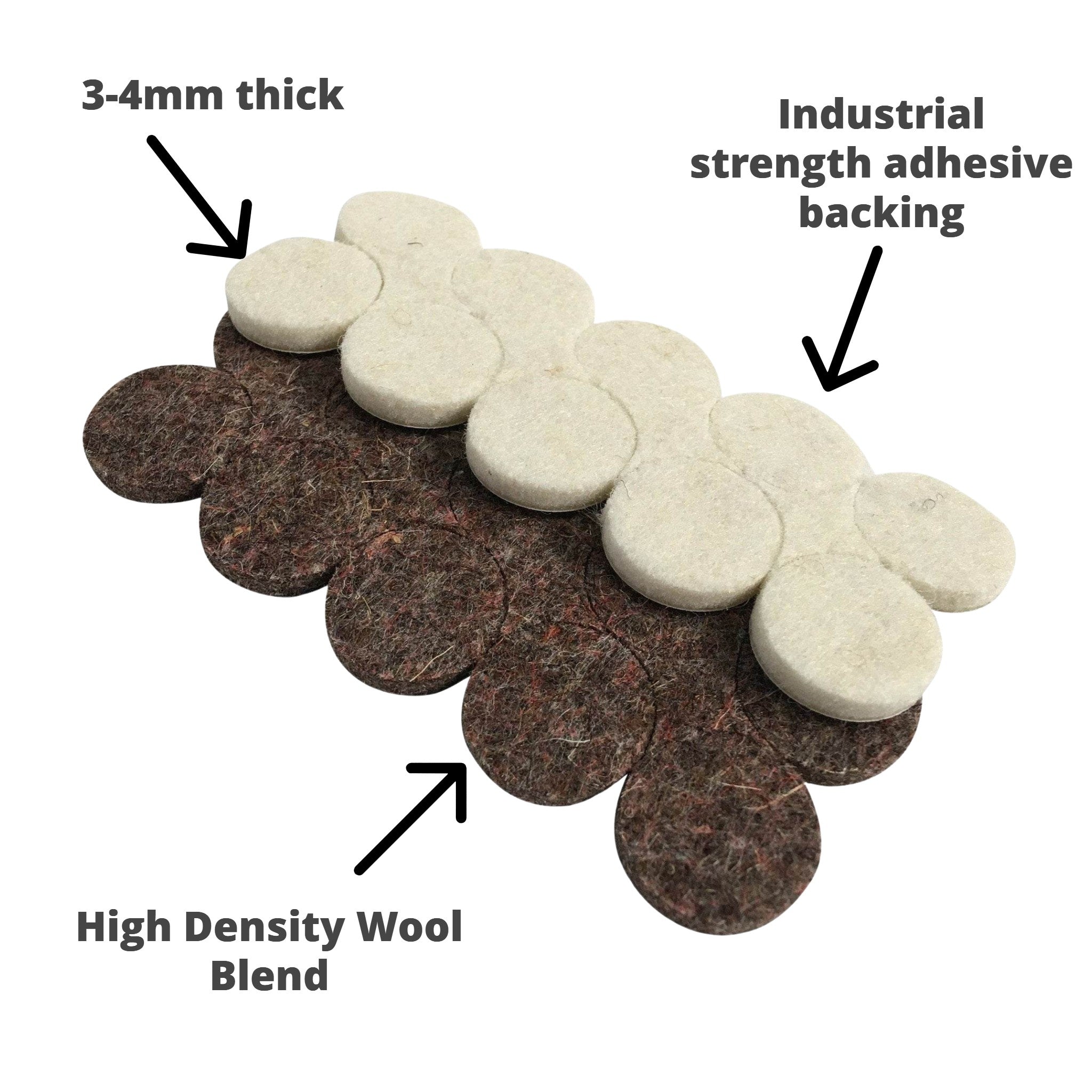
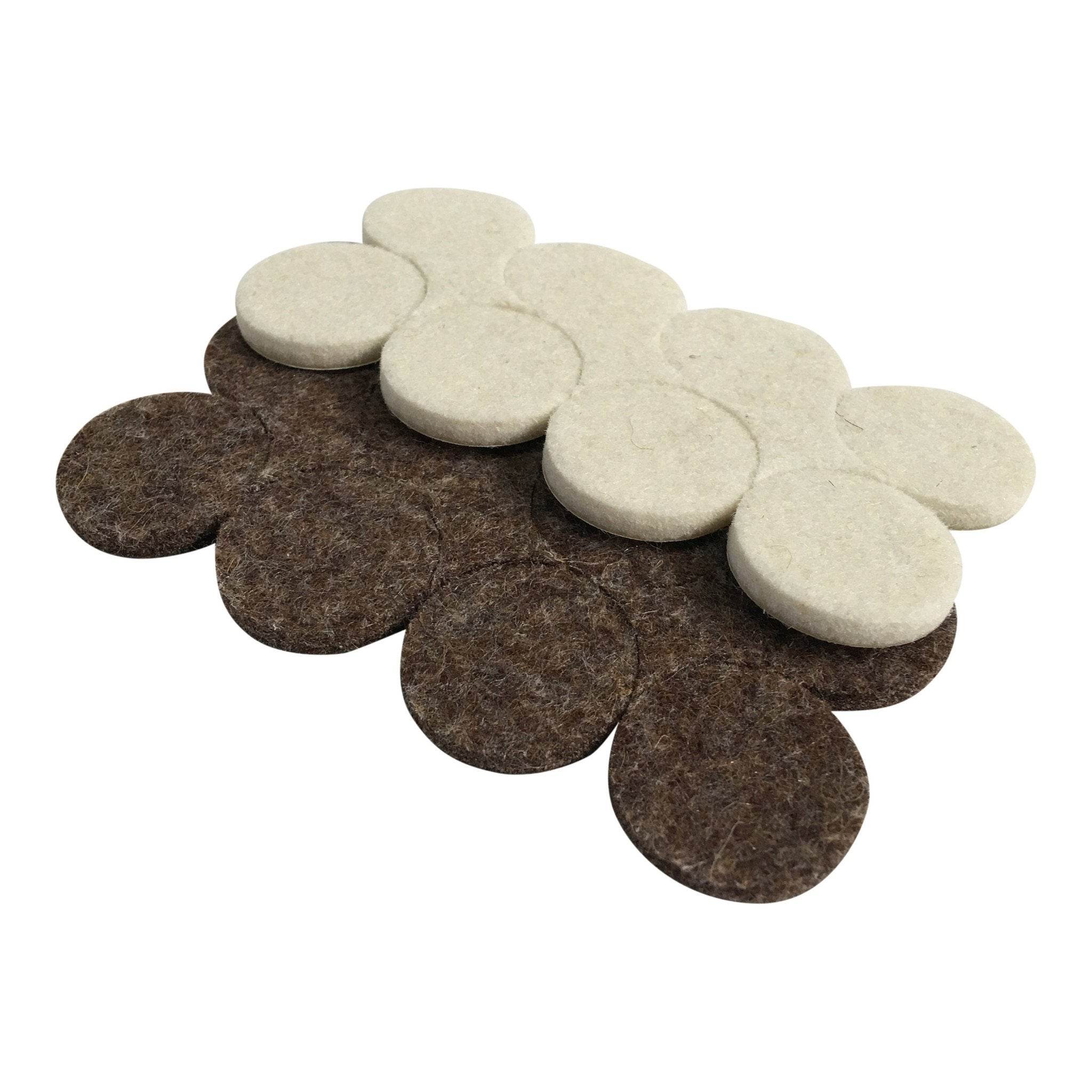
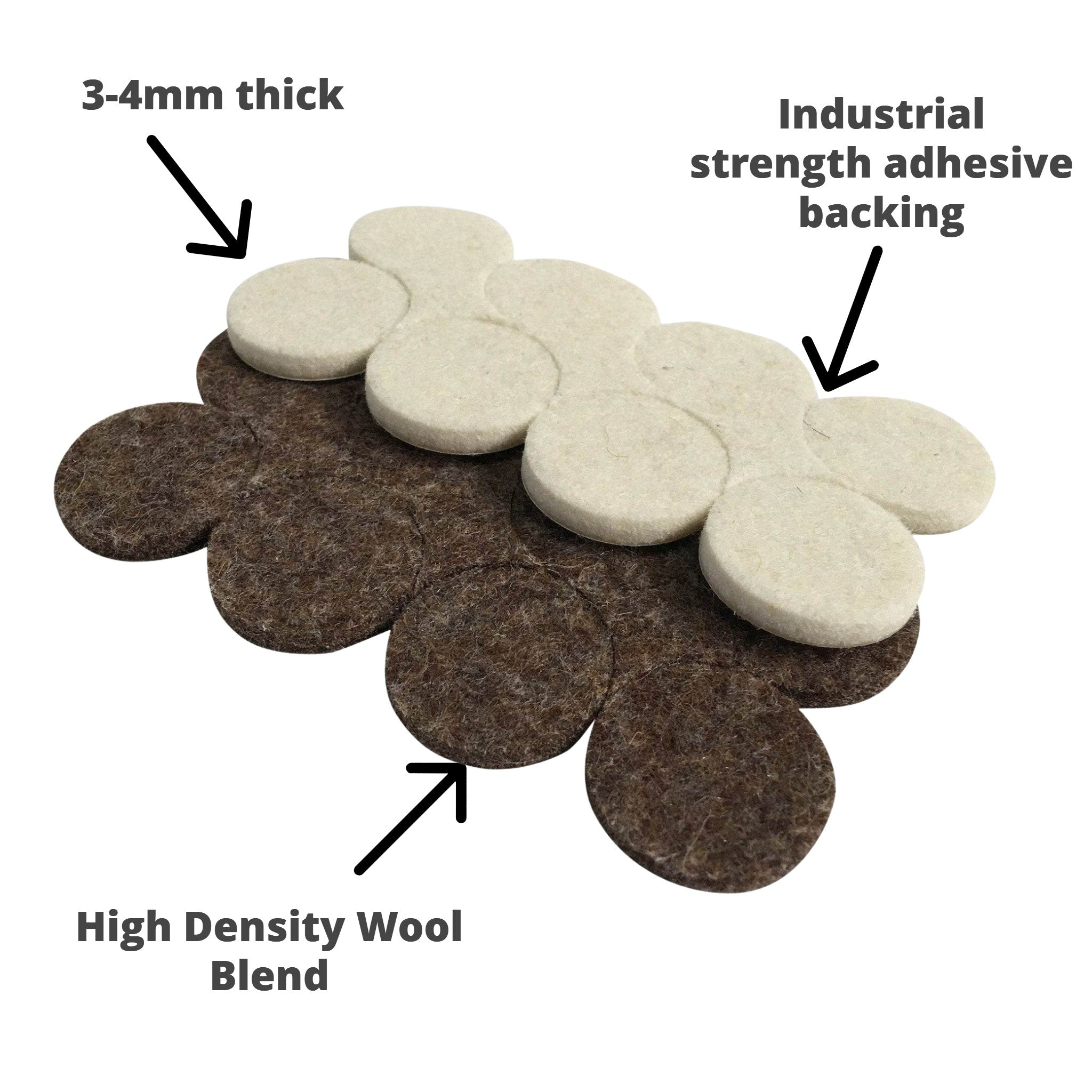
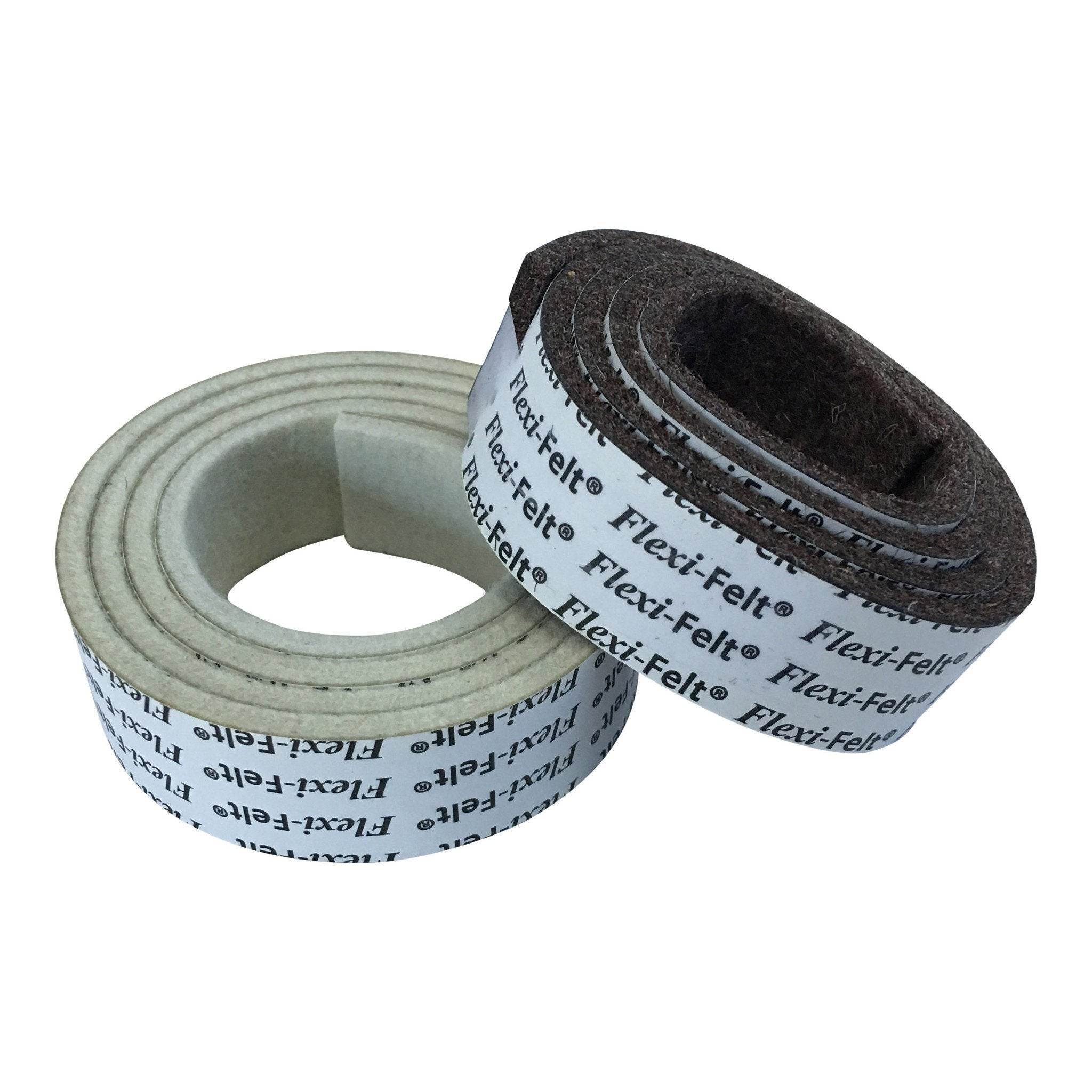
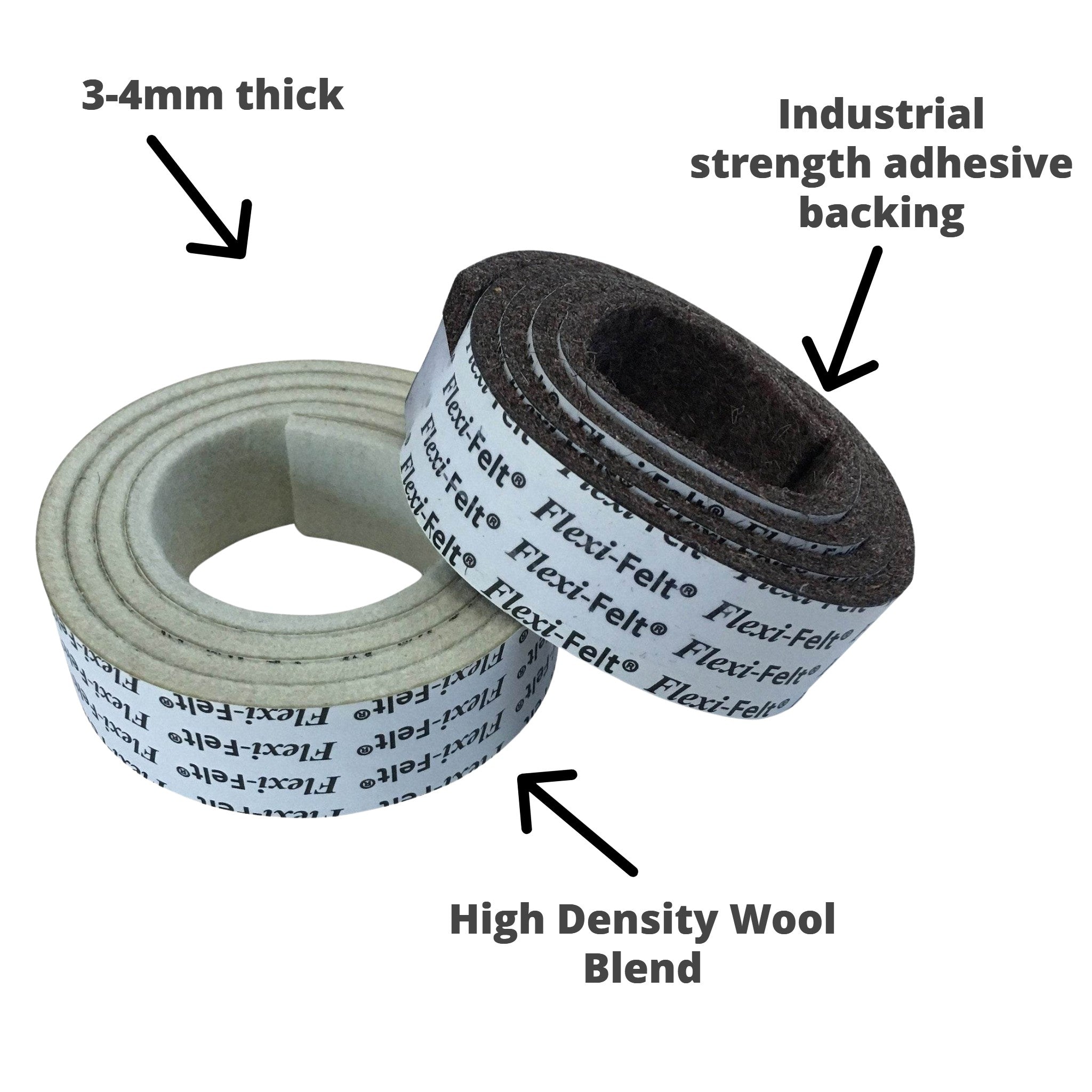
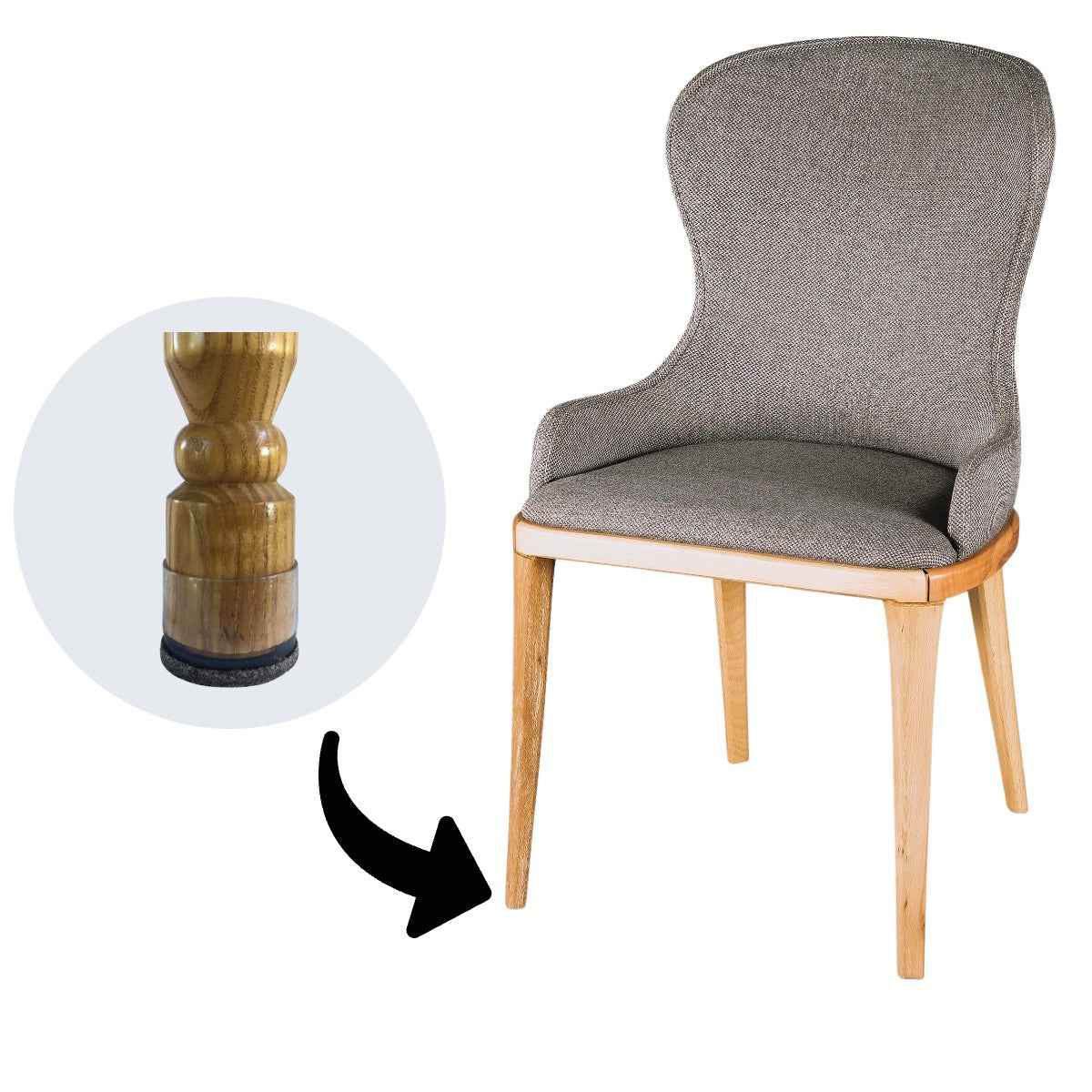
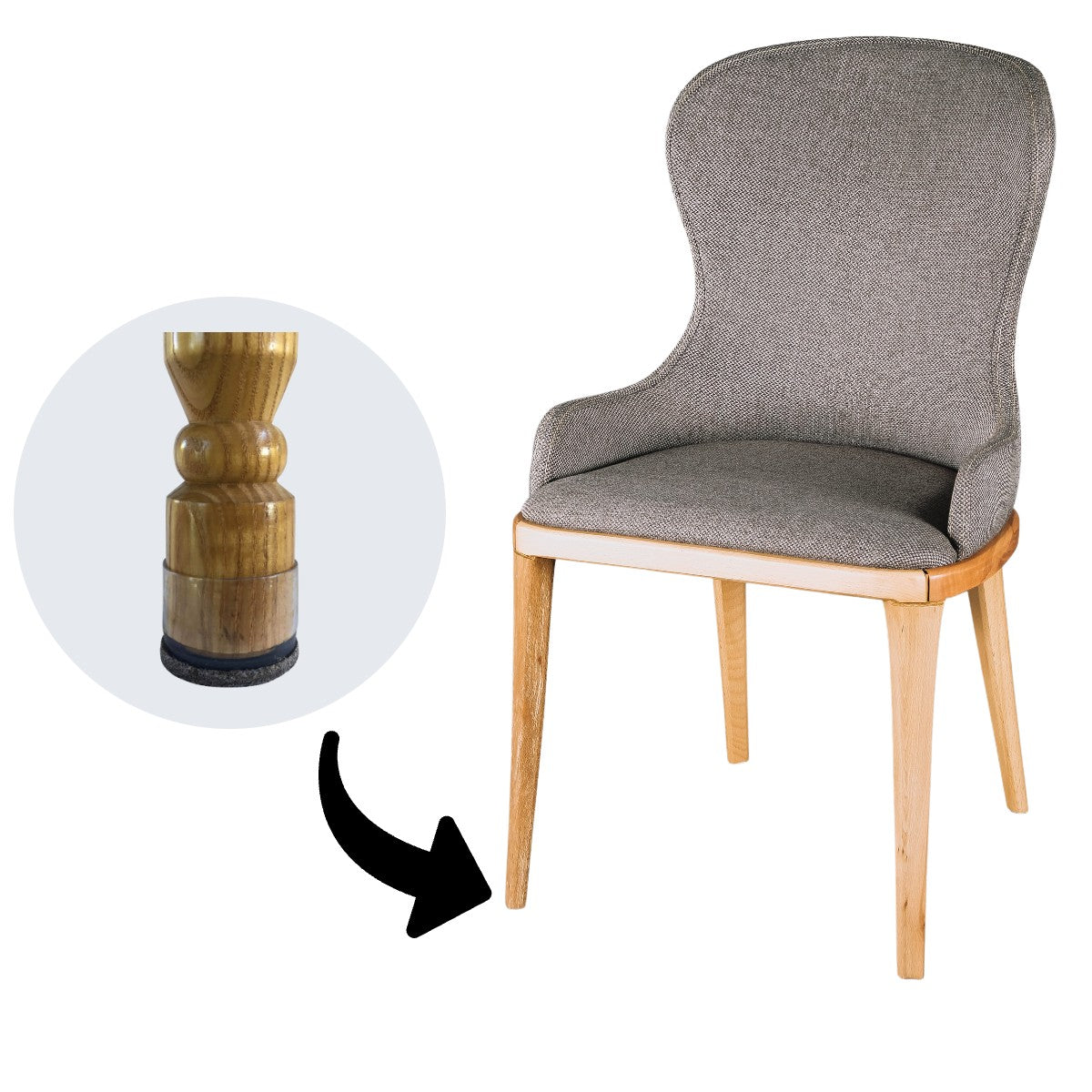
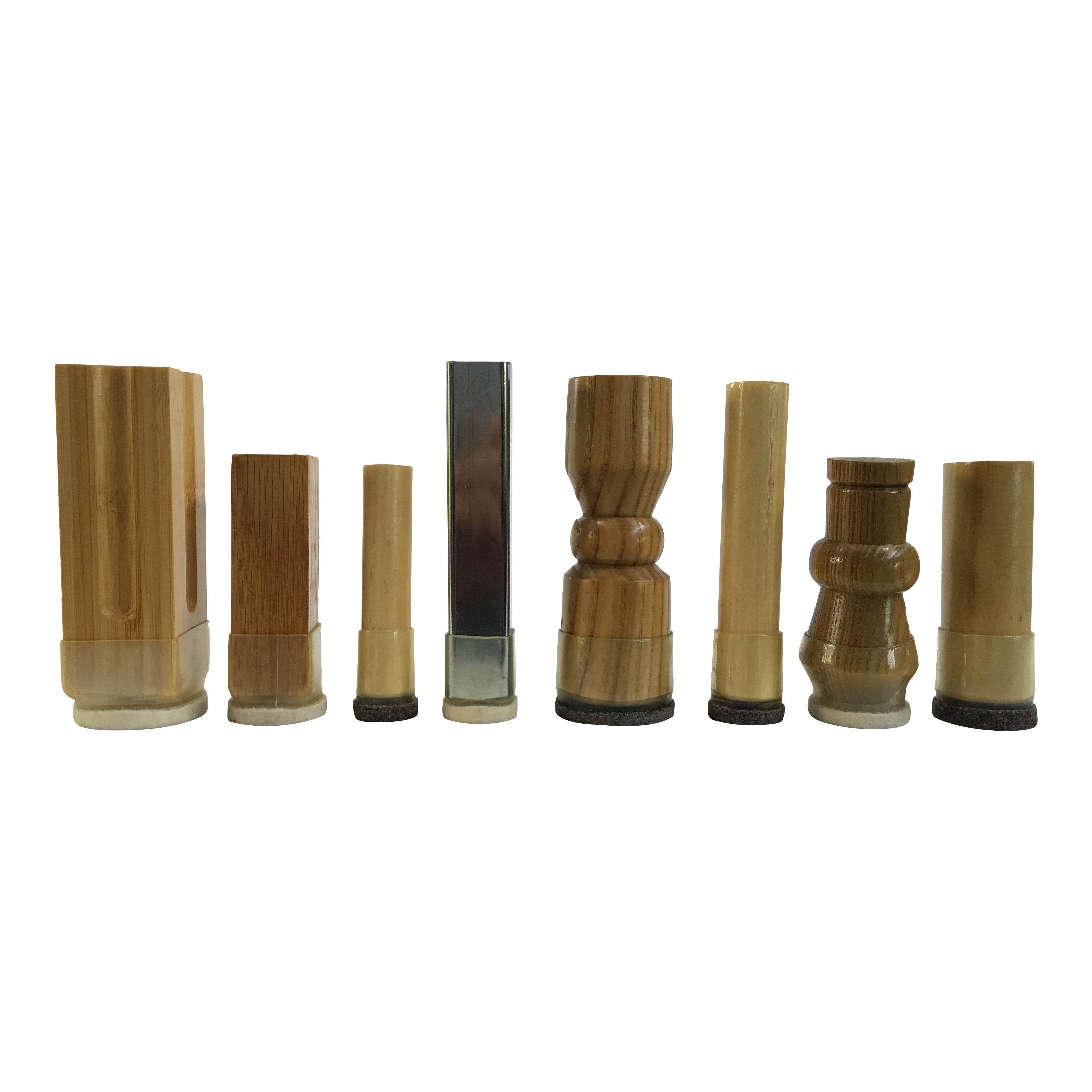
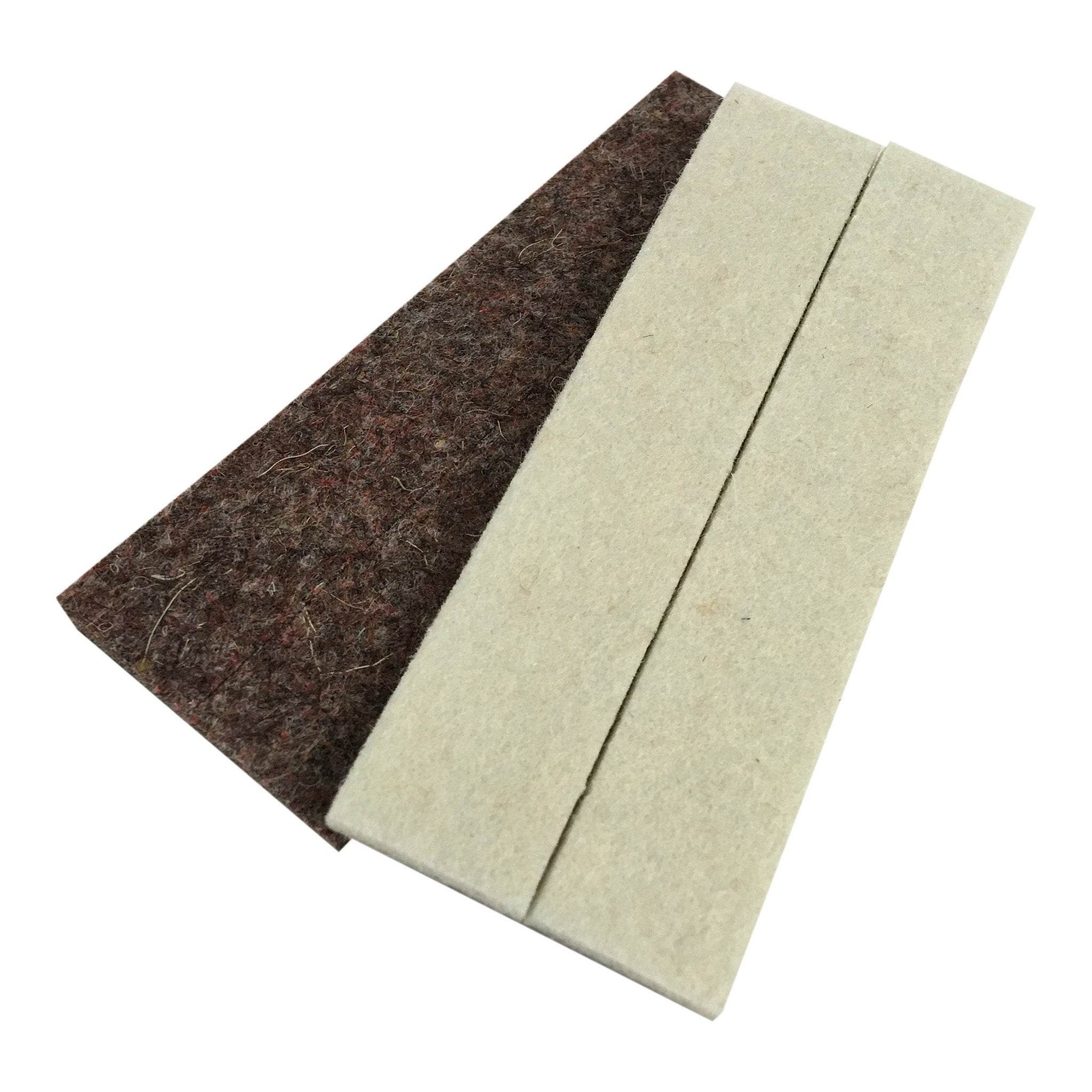
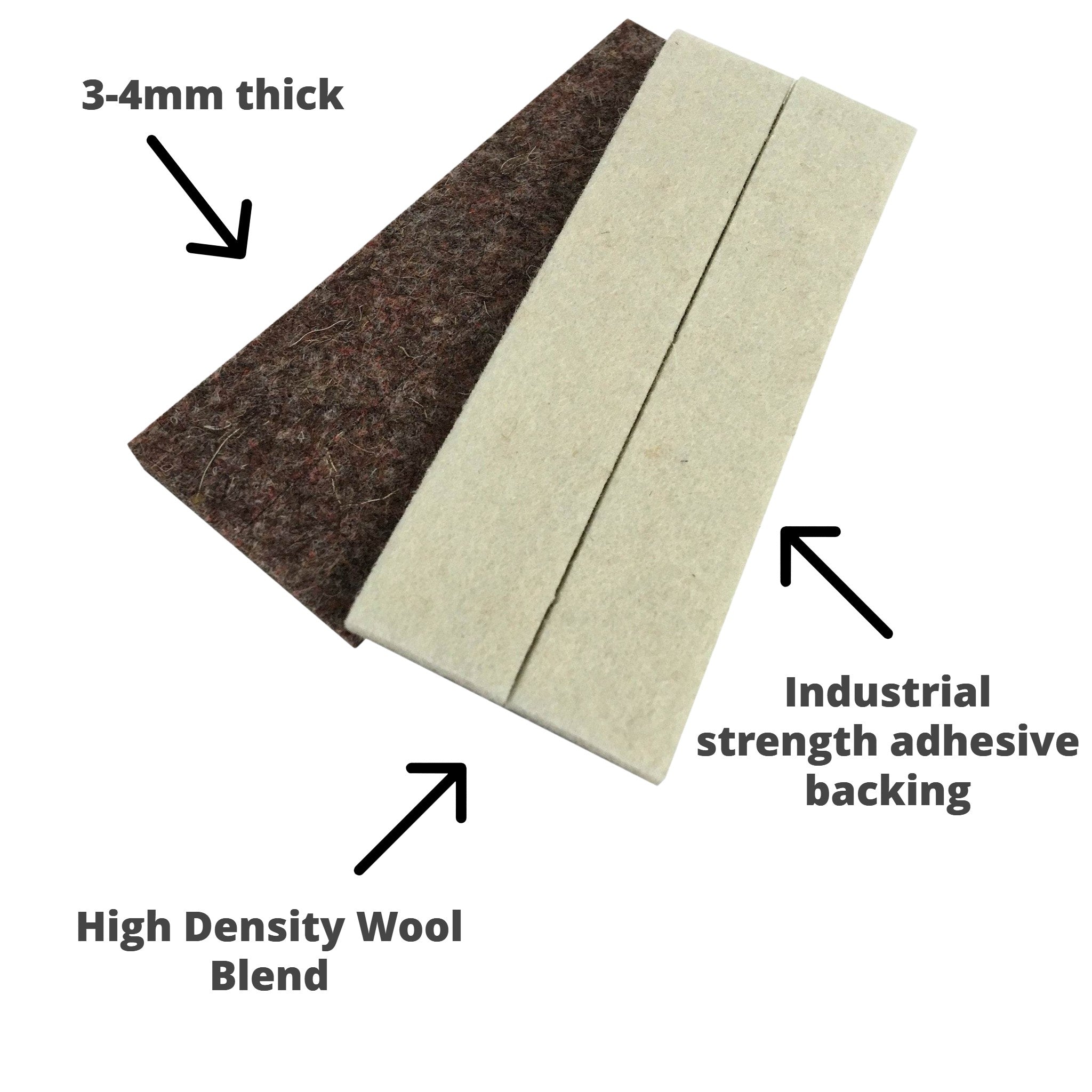
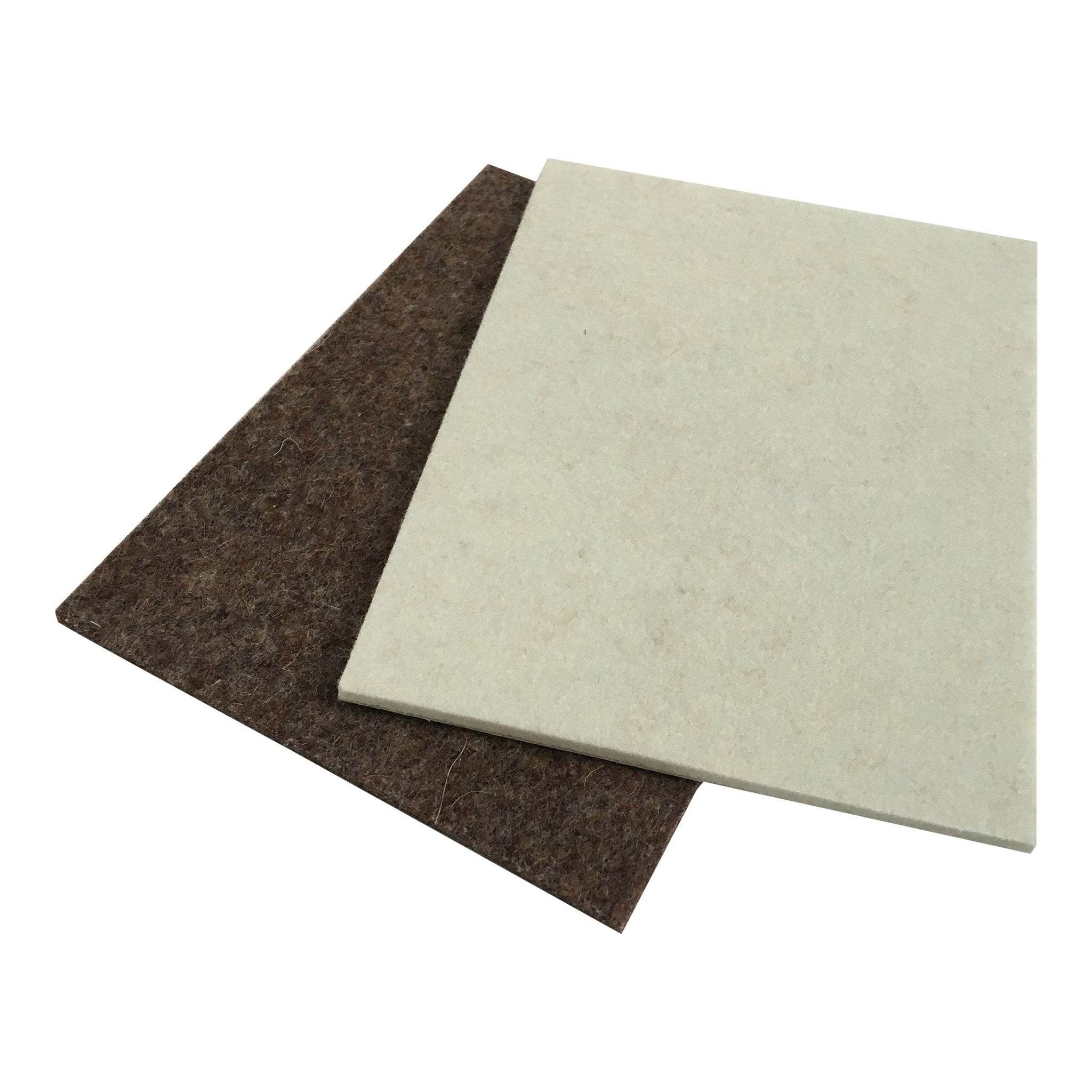
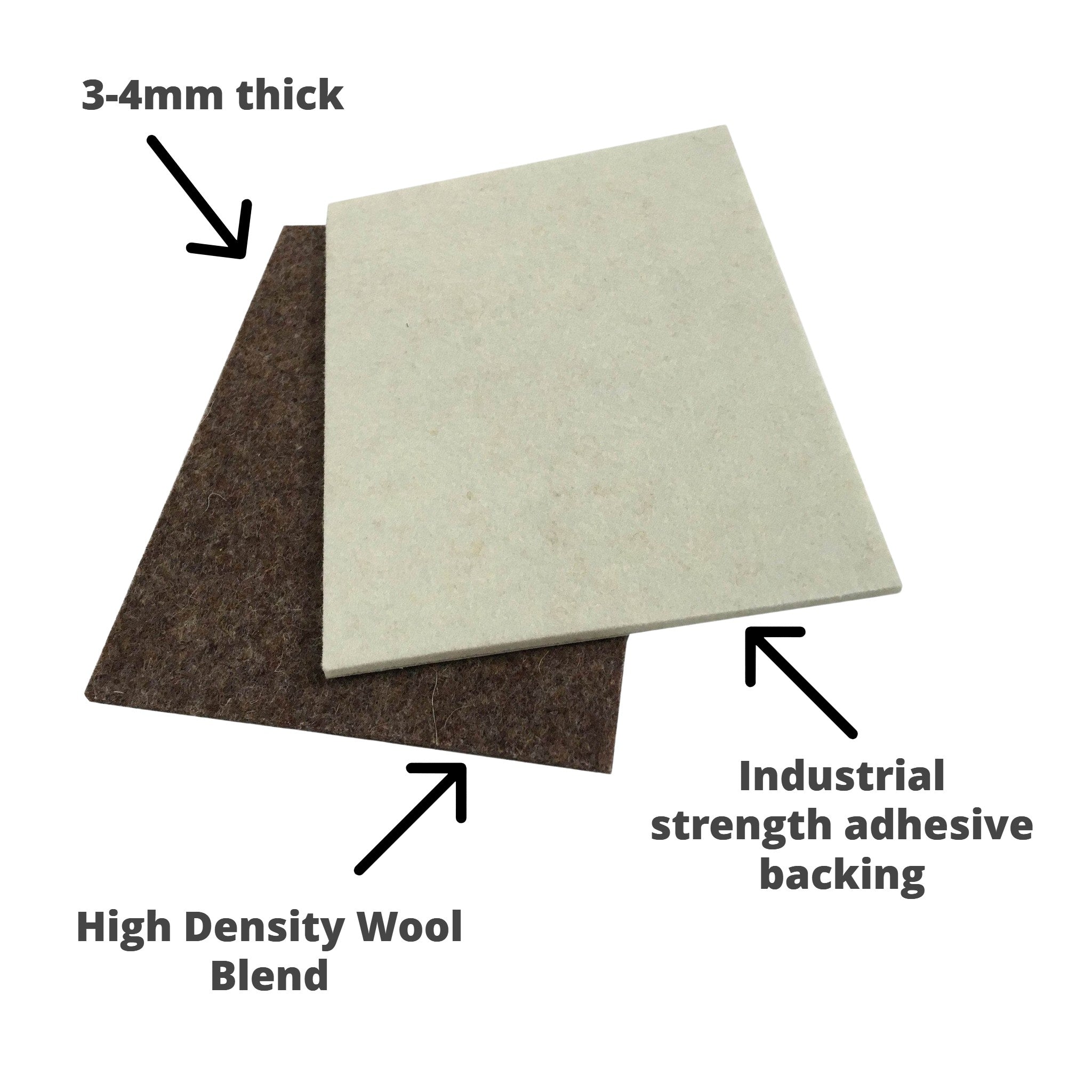
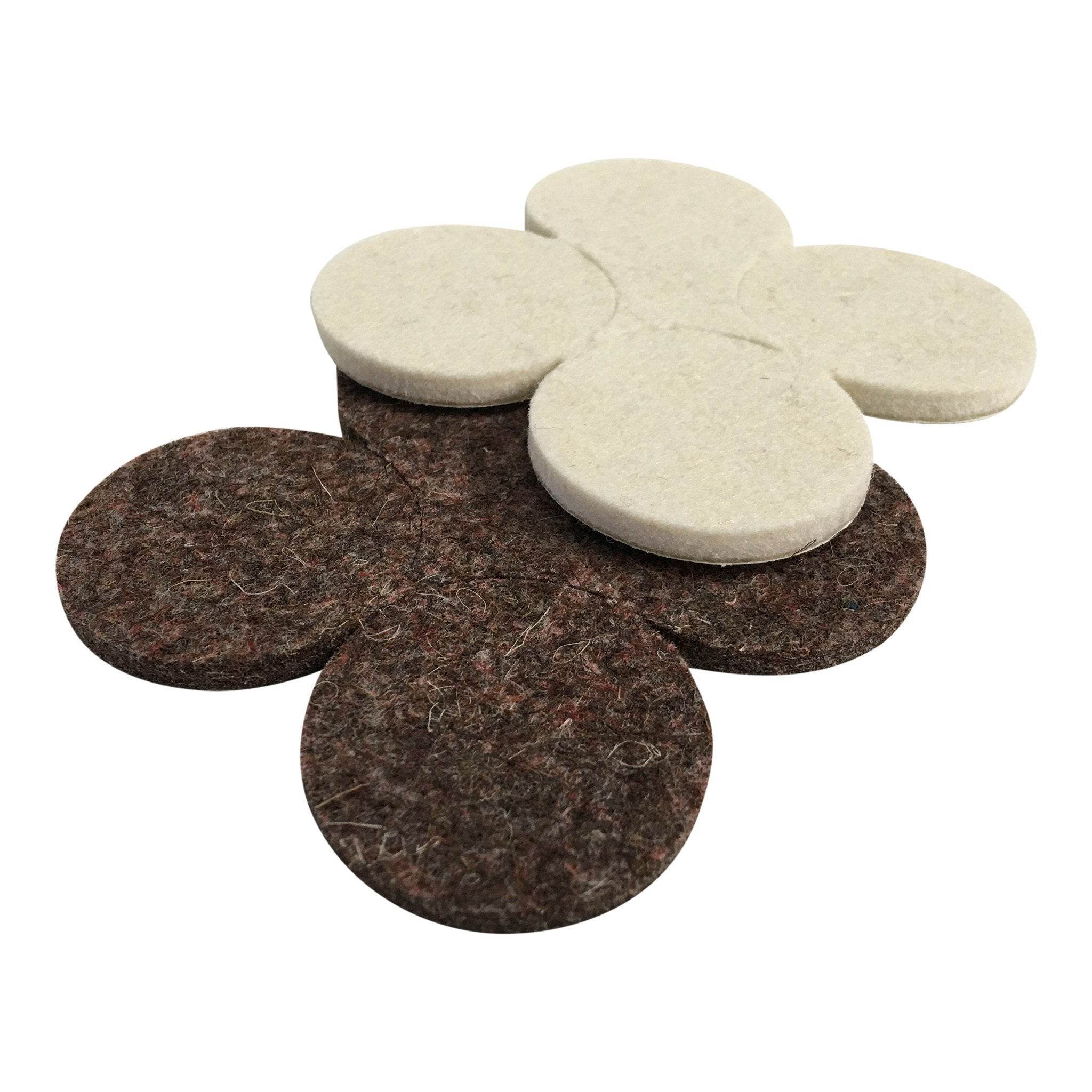
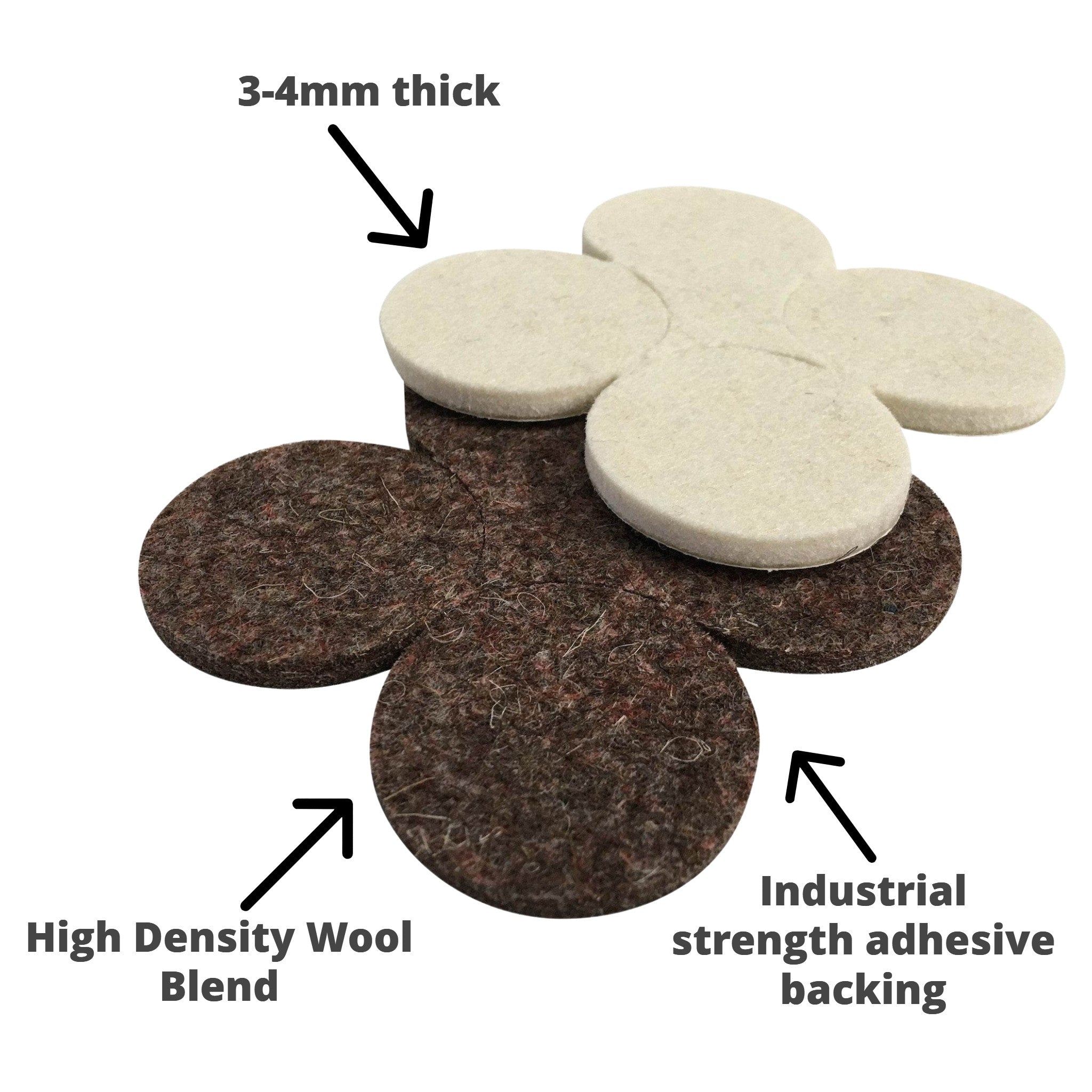
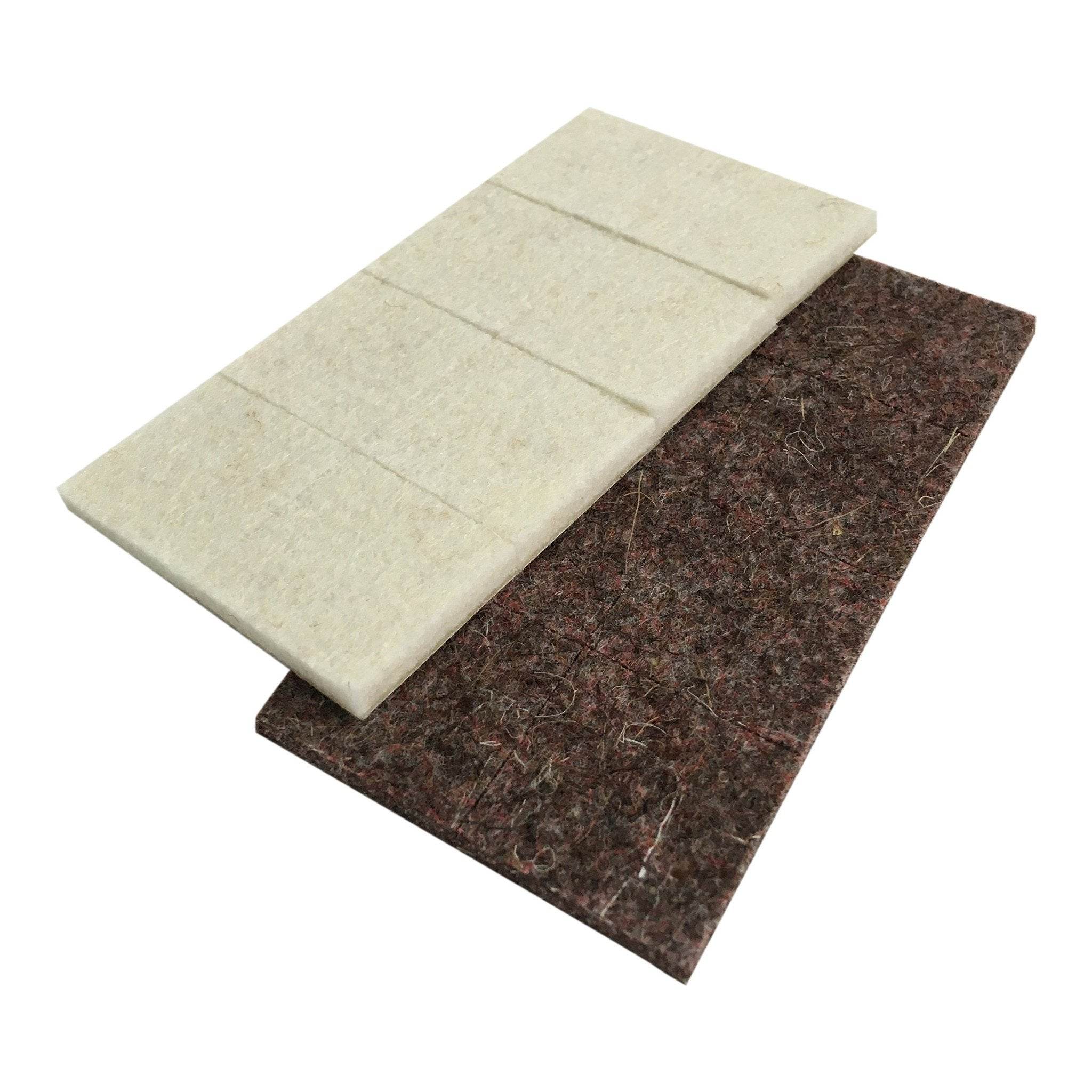
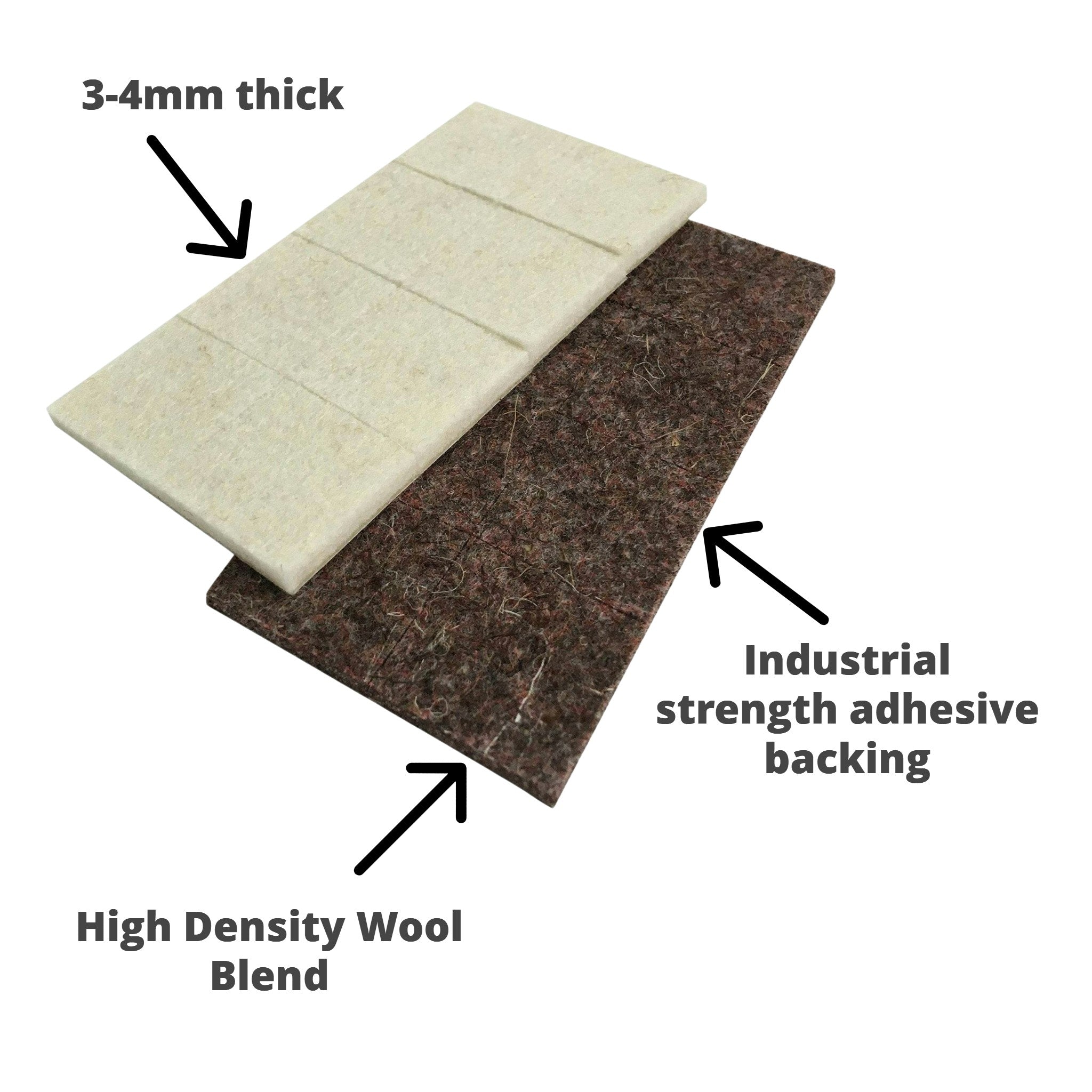
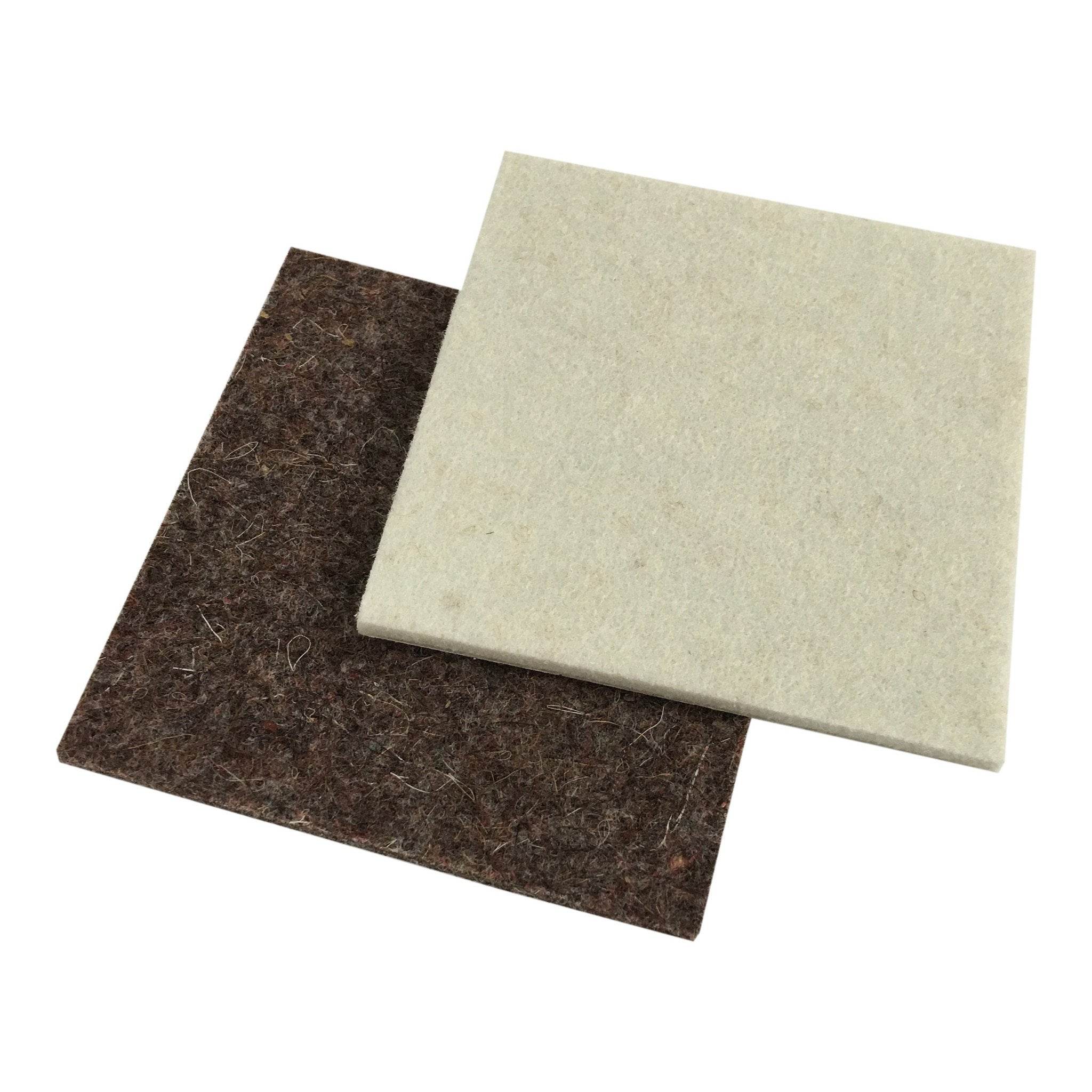
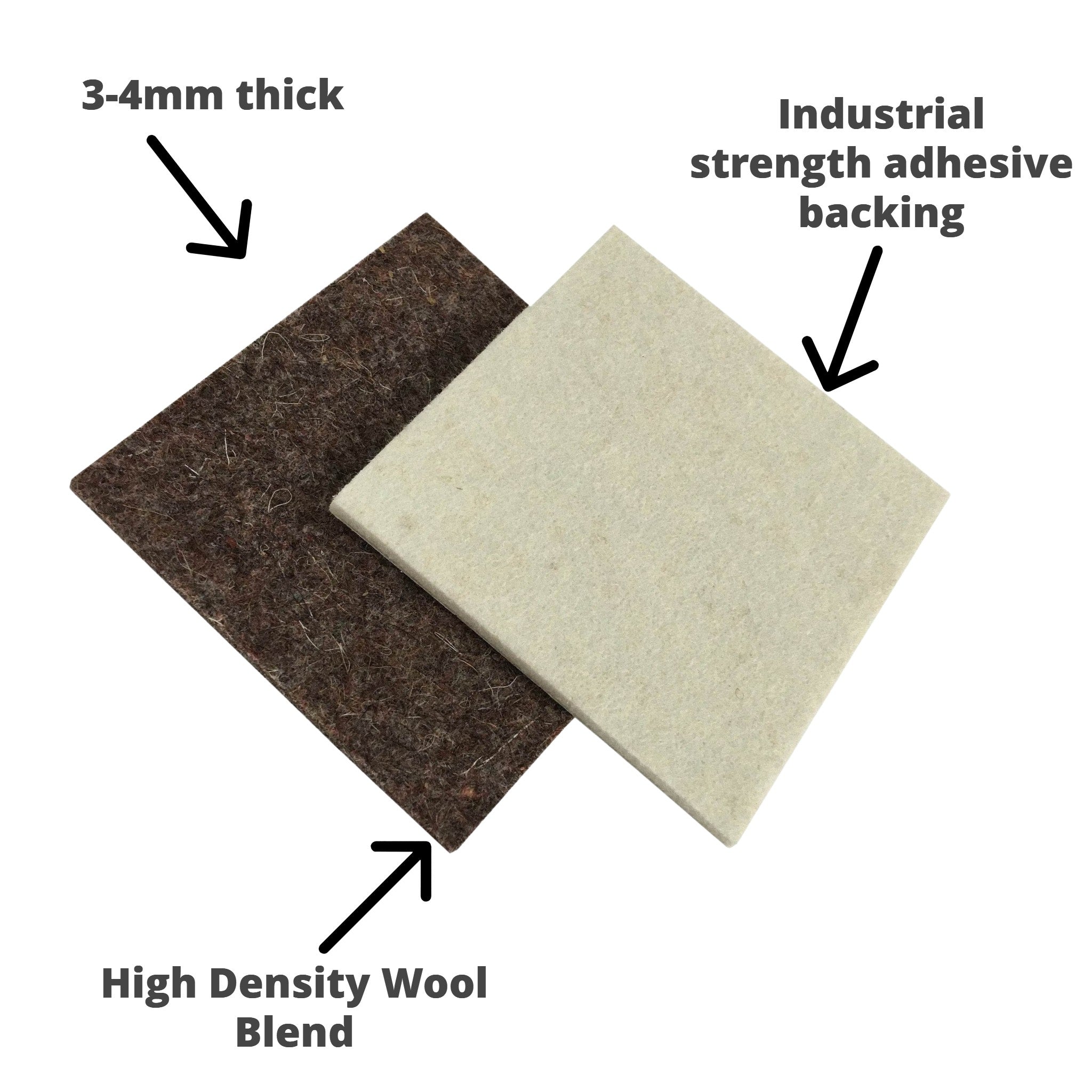
Leave a comment
This site is protected by hCaptcha and the hCaptcha Privacy Policy and Terms of Service apply.